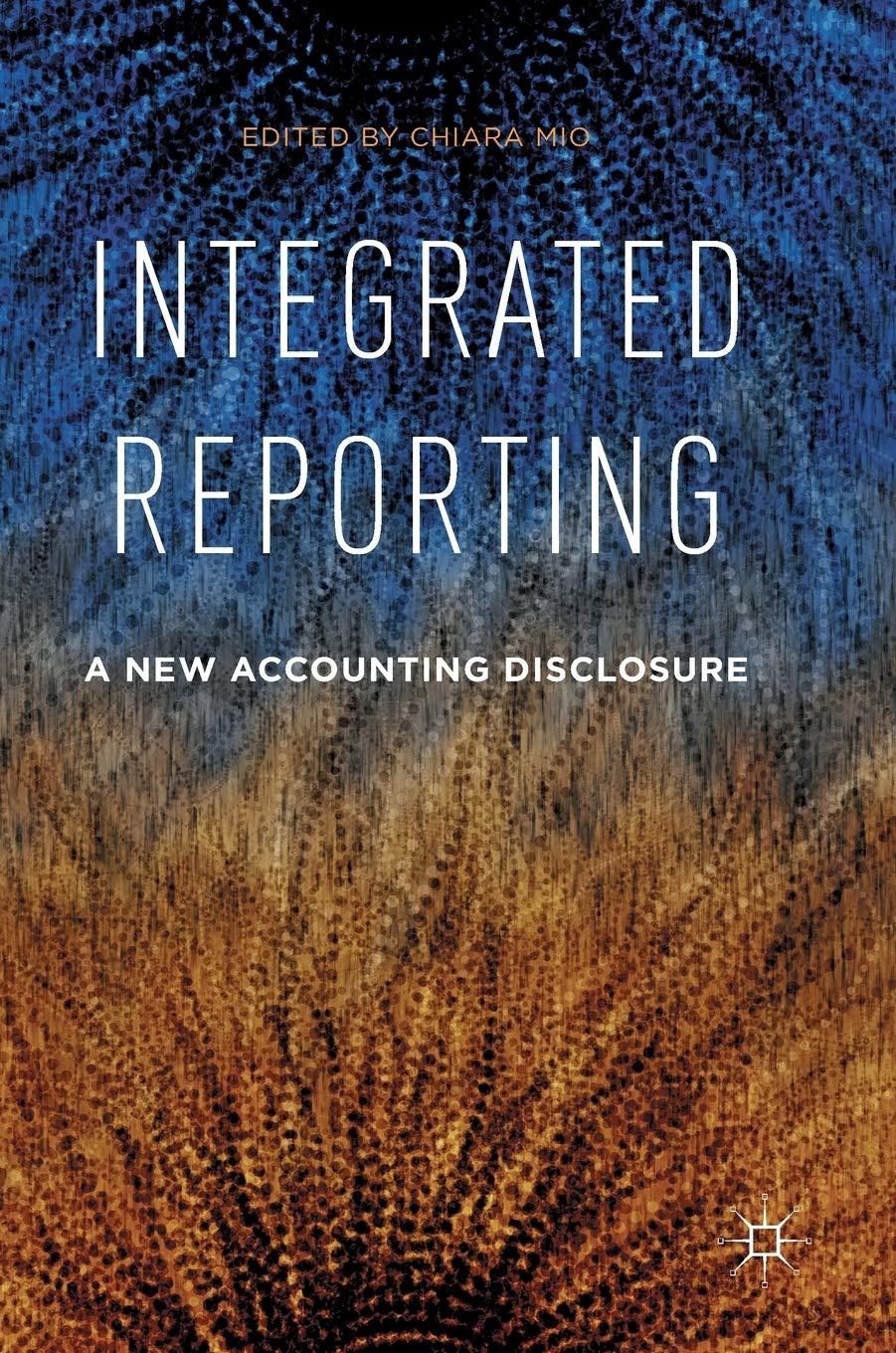Answered step by step
Verified Expert Solution
Question
1 Approved Answer
The overhead that had been applied to production during the year is distributed among Work in Process, Finished Goods, and Cost of Goods Sold as
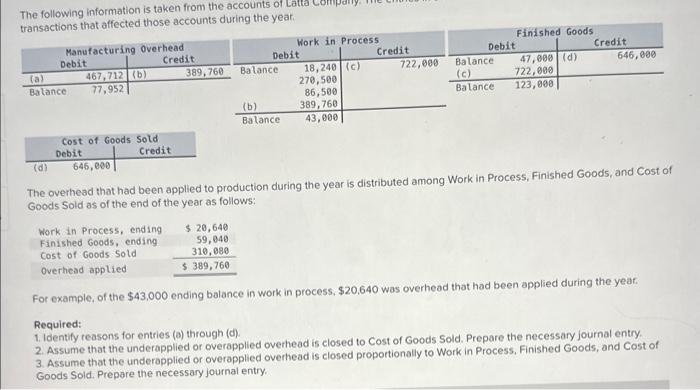
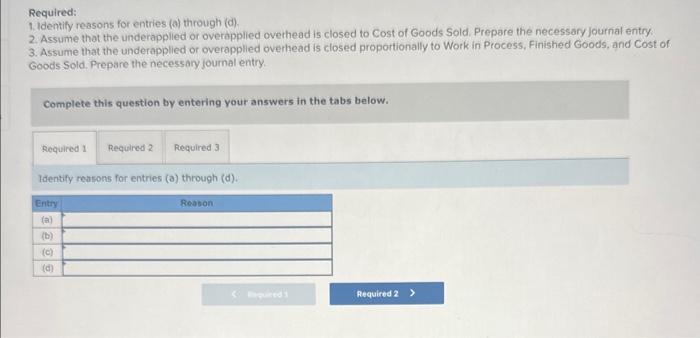
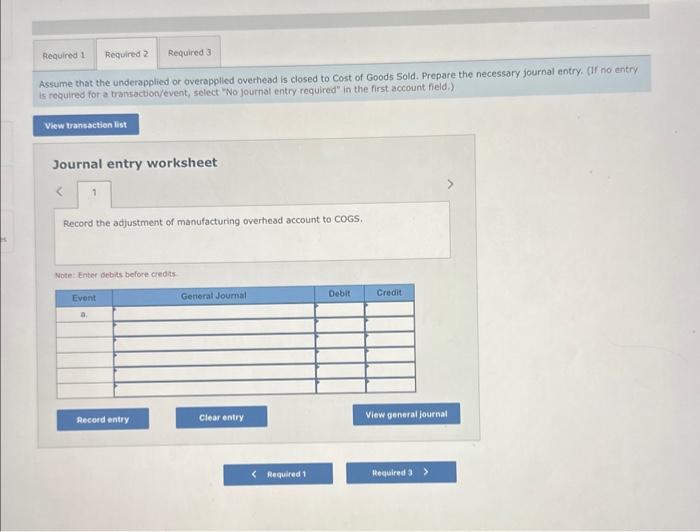
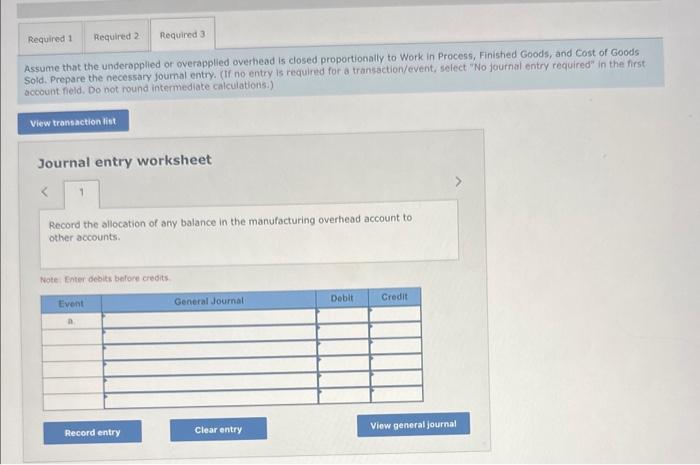
Step by Step Solution
There are 3 Steps involved in it
Step: 1

Get Instant Access to Expert-Tailored Solutions
See step-by-step solutions with expert insights and AI powered tools for academic success
Step: 2

Step: 3

Ace Your Homework with AI
Get the answers you need in no time with our AI-driven, step-by-step assistance
Get Started


